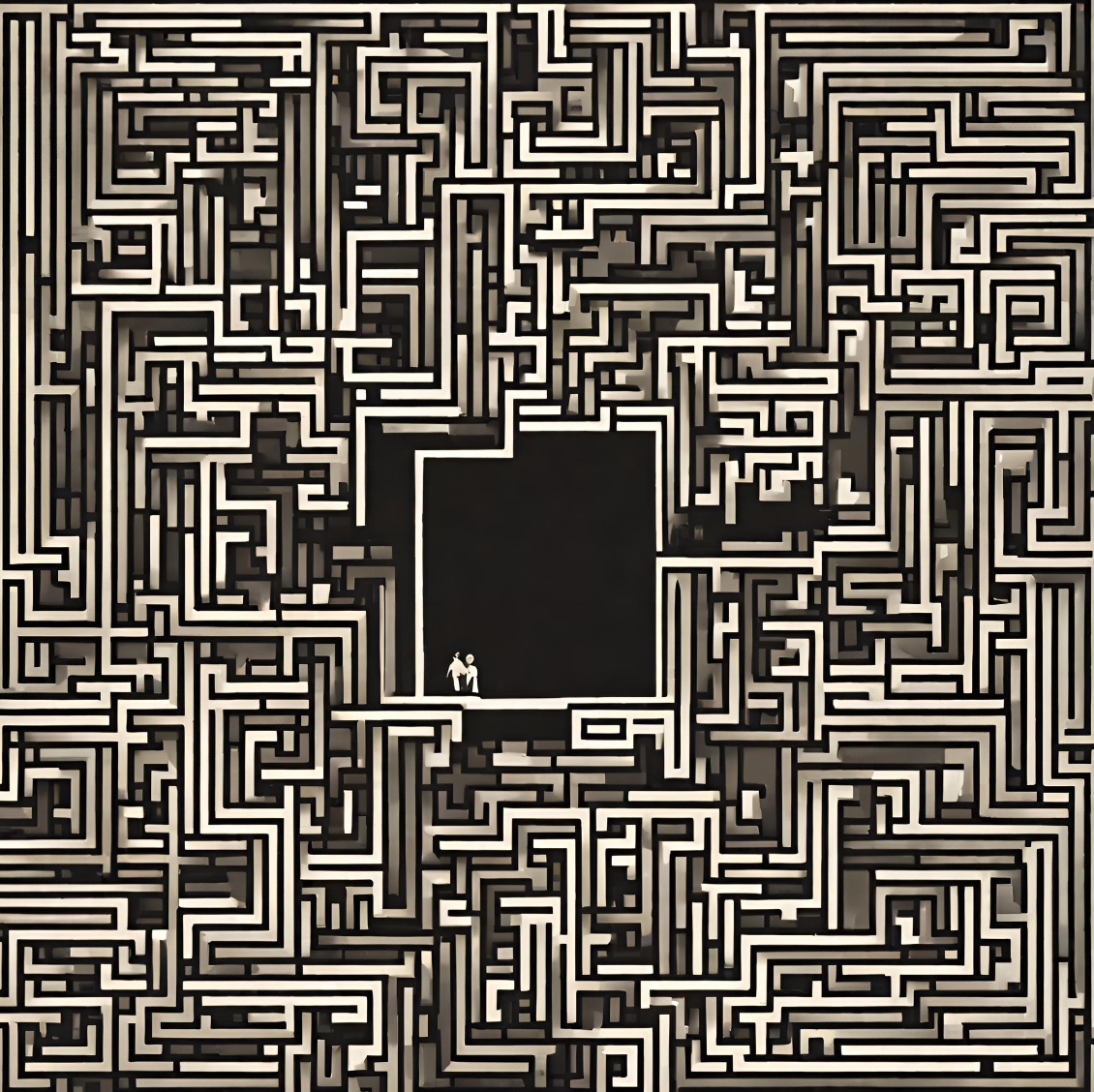145 reads
How Symmetric and Skew-Symmetric Tensors Interact
by
March 23rd, 2025
Audio Presented by

A journey through the mind's own pace, unraveling the threads of thought, in the labyrinth's spiraling heart.
Story's Credibility

About Author
A journey through the mind's own pace, unraveling the threads of thought, in the labyrinth's spiraling heart.